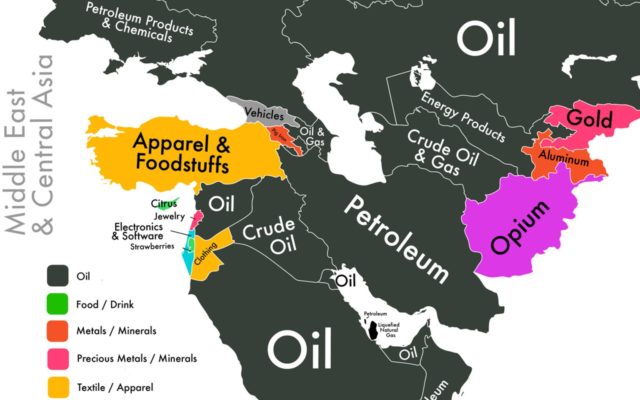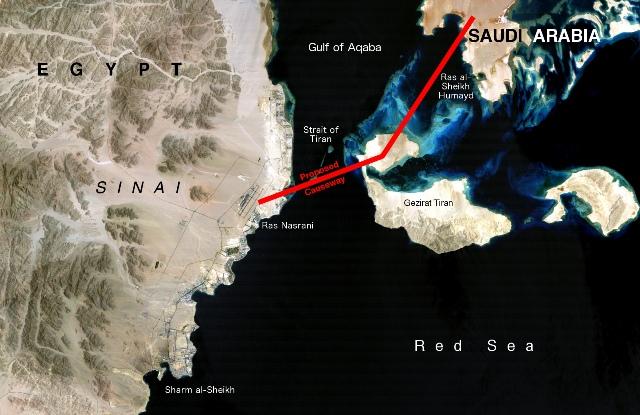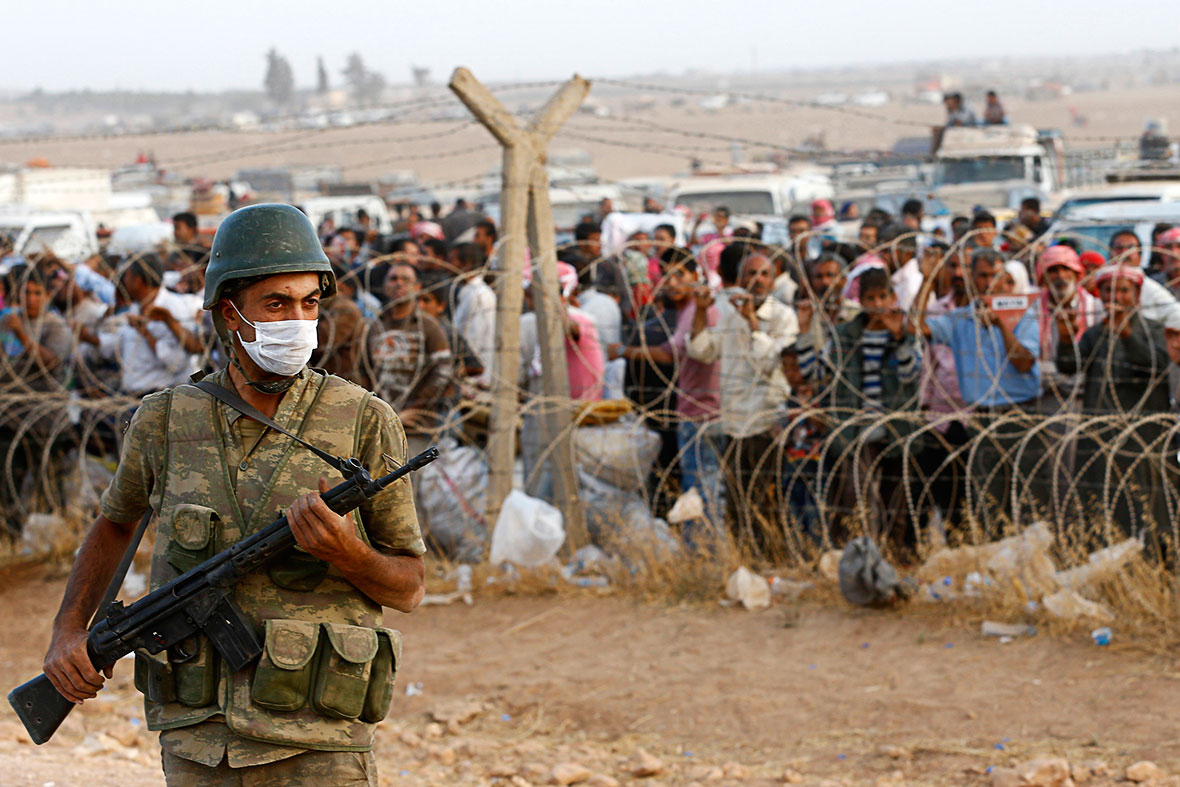By JEFF DESJARDINS
If we could only show you one map to explain the economy of the Middle East, it would be this one.
In one fell swoop, the map below tells us a lot about the wealth, geopolitical influence, and natural resources of the region as well as parts of Central Asia. Many intricacies are also evident as well, which we will get to later on in this post.
TOP EXPORT BY REVENUE IN MIDDLE EAST ECONOMIES
We’ll start with the obvious: the number one export for many countries here is crude oil or related petroleum products. Middle Eastern countries made up a significant portion of global oil export revenues during 2015 with shipments valued at $325 billion or 41.3% of global crude oil exports.
Saudi Arabia, Iraq, United Arab Emirates, Kuwait, Iran, and Oman were all among the top 15 exporters of crude oil in 2015. Russia and Kazakhstan, countries on the Central Asian part of the map, were also members of that same group.
Regimes in the region found that there were many other corollary benefits from this economic might. Unrest could be stifled by rising wealth, and these countries would also have more influence than they otherwise would in global affairs. Saudi Arabia is a good example in both cases, though a major driver of Saudi influence has been slipping in recent years.
OUTSIDE OF OIL
Aside from exports of oil, there are some other interesting subtleties to this map. One of the most advanced economies in the region, Israel, is not dependent on oil exports at all. The country has had to find other ways to create value in the global market and its three major exports include electronics and software, cut diamonds, and pharmaceuticals.
War-torn Afghanistan, which is not a significant producer of petroleum on the world market, gets the majority of its export revenue from different natural resource. Opium is Afghanistan’s most valuable cash crop, and opiates such as opium, morphine, and heroin are its largest export. Fetching an estimated value of $3 billion at border prices, it was estimated to make up about 15% of the country’s GDP equivalent in 2013.
Lastly, countries on the map without oil wealth tend to be less influential on the world stage from a geopolitical perspective. Armenia, for example, mainly exports pig iron, unwrought copper, and nonferrous metals and is the world’s 138th largest exporter by dollar value, ranked in between Jamaica and Swaziland. Surrounded geographically by countries that Yerevan considers hostile, Armenia has increasingly turned to Russia for its support.












